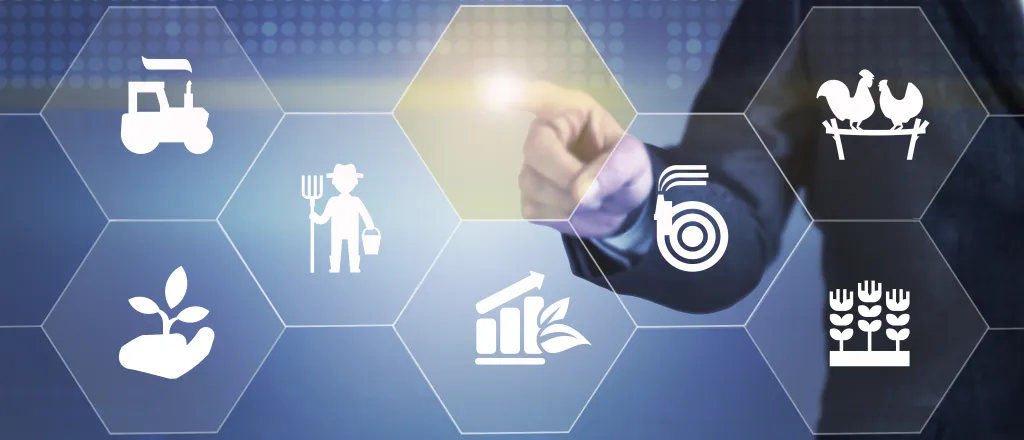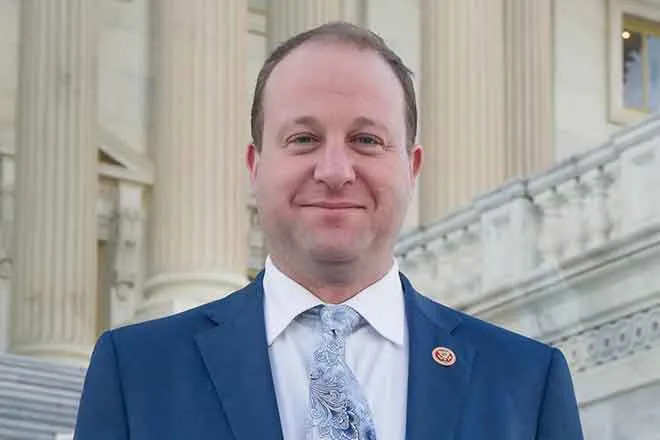
Farm bill timeline in flux as a messy September for Congress nears
© iStock - denizbayram
(Kansas Reflector) The roundtables, listening sessions and appearances at farm shows have largely wrapped up and lawmakers tasked with reauthorizing the nation’s agriculture and nutrition programs are comparing notes and beginning to draft the massive, multi-year farm bill.
The 2018 version expires Sept. 30, just as many urgent priorities compete for floor time in Congress — namely the government funding bills that, if not passed by Oct. 1, could mean a partial government shutdown.
The expansive agricultural and food policy bill covers farmer safety net programs, conservation and sustainability incentives, international trade, rural area development, and food and nutrition programs for low-income earners — the last of which by far accounts for the largest portion of the bill. The legislation is one of Congress’ omnibus packages, meaning it’s made up of numerous provisions from many lawmakers.
Staff working on the respective House and Senate agriculture committees expect a roughly $1.5 trillion price tag over the next decade, according to the Congressional Budget Office baseline scores for SNAP and mandatory farm programs.
Both parties have rallied around ways to make the government safety net more reliable for farmers facing rising production costs. Differences surface when discussing the Supplemental Nutrition Assistance Program, commonly known as SNAP, or food stamps, and how to spend conservation and climate dollars earmarked in last year’s Inflation Reduction Act.
While the outlook for when the farm bill reaches the floor is “murky,” committee leadership “has committed to bipartisanship,” said a Republican House aide knowledgeable about Rep. Glenn “GT” Thompson’s negotiations. The aide did not want to be identified because of ongoing discussions.
Thompson, of Pennsylvania, chairs the House Committee on Agriculture.
Some worry that despite Thompson’s goal for bipartisanship, the omnibus to continue America’s farm and food programs will become another battleground for far-right lawmakers.
If Congress does not pass a final farm bill by the end of September, lawmakers will likely will enact program extensions as they have in the past. Aides say the situation becomes more worrisome if lawmakers cannot finish the omnibus by the end of the calendar year.
“Once it leaves his committee it’s at the mercy of the Rules Committee and right now the Freedom Caucus is — not just with the farm bill, and not just with the agriculture appropriations — but pretty much every bill going through, (they have) some of their unrealistic demands on required amendments,” said Chandler Goule, CEO of the National Association of Wheat Growers.
“I’m worried it’s going to not only stall the farm bill, but it’s also going to make the farm bill a partisan bill, which is not good for anyone in agriculture,” he said.
Food assistance
Nutrition initiatives were added to the farm bill in the early 1970s, expanding the scope of the legislation that previously focused on support for certain commodities, including corn, wheat, soybeans, cotton, dairy and others.
Nutrition programs are projected to comprise 84% of the 2023 farm bill, compared to the 76% in the Agriculture Improvement Act of 2018, the official name of the most recent omnibus. The increase reflects pandemic-related spending and an adjustment to benefits meant to better reflect grocery store prices.
While the farm bill authorizes policy, a separate agriculture appropriations process greenlights the dollars for farmers and SNAP, as well as the Food and Drug Administration. Talks to advance the funding bill collapsed before lawmakers left for August recess as far-right conservatives pushed to ban the availability of mifepristone, the abortion pill.
Cutting SNAP funding in the agriculture appropriations bill is also a target for the GOP-led House.
Among the Republican proposals are “right-sizing” funding to reflect pre-pandemic levels and adjusting the administration’s Thrifty Food Plan, which increased benefits to match healthy food prices.
Another proposal Democrats are criticizing is limiting state waivers that allow certain adults to be exempt from work requirements because of labor market conditions. Currently 13 states, the District of Columbia and two territories have statewide waivers.
They include: Alaska, Arizona, California, Connecticut, District of Columbia, Guam, Hawaii, Illinois, Louisiana, Michigan, Nevada, New Jersey, New Mexico, New York, Pennsylvania and the U.S. Virgin Islands.
Another 16 states have partial waivers in certain areas.
The GOP already moved the needle this year on SNAP work requirements when House Leader Kevin McCarthy of California won a provision in the debt ceiling deal to increase the work rules age ceiling from 49 to 55 for adults without dependents.
As for the farm bill debate, “Mr. Thompson has been clear: he is not interested in further debate of the age of someone participating in a work requirement,” the GOP aide said.
Democrats are warning McCarthy and GOP leadership that inserting the SNAP debate into the farm bill process could hamper progress.
“The continued threat of making additional changes to SNAP eligibility and benefits is not helpful and even undermines Chairman Thompson as he works with his Democratic and Republican membership to bring a bipartisan farm bill out of the Agriculture Committee,” wrote the committee’s ranking member, David Scott of Georgia, in an Aug. 7 letter co-signed by two dozen Democratic colleagues.
Aside from work rules, the GOP would like to see some policy changes in the farm bill’s SNAP title, including more resources directed toward fraud prevention and “health and wellbeing,” or restricting what people can buy with SNAP benefits, according to the Agriculture Committee.
The United Council on Welfare Fraud, a group representing state and county investigators, met with GOP lawmakers multiple times this year ahead of farm bill negotiations to push for more robust prevention of underground SNAP benefits trading and complex retail skimming schemes that strip benefits from recipients’ EBT cards.
“You have legitimate people who go to buy milk and groceries for their children and they have a zero balance on their card,” said Dawn Royal, the group’s director and past president.
“In recognizing that there are legitimate victims, the government decided to reissue benefits on those cards to the victims up to twice and that’s great, right. So now mom can buy milk for her children and that’s great, but they (the government) did nothing to prevent it,” she said.
The USDA spends less than 1% on fraud prevention and prosecution, according to the group.
Farmer safety net
Another major area of concern for the farm bill among GOP leaders is updating guidelines that trigger risk protection programs for several commodities, including wheat, corn, soybeans, rice, peanuts, sugar and dairy.
Farmers and lawmakers maintain the prices — referred to as reference prices — are outdated. Despite market fluctuations, severe drought or natural disasters, the protections aren’t set in motion until crop prices drop to a certain level.
“Everything we’re doing on the farm now costs a whole lot more money when it comes to planting the crop. But the reference prices for when some type of disaster program would kick in haven’t changed. So it’s much more costly to put a crop in and to protect that crop,” said Josh Gackle, a North Dakota soybean farmer and vice president of the American Soybean Association.
Prices have to dip to $8.50 per bushel before government coverage begins. Gackle says in North Dakota it costs him $12 per bushel to produce the crop.
“The data that was used (for reference prices) goes back to 2012. The world is very different now than it was in 2012,” Sen. John Boozman told Agri-Pulse in an April interview.
“So I can tell you, there is not going to be a farm bill that I vote for that doesn’t take care of the safety nets,” continued the Arkansas Republican who is the ranking member of the Senate Committee on Agriculture, Nutrition and Forestry.
Boozman is also eyeing “producer focused” policies in the trade title of the bill, said Patrick Creamer, the committee’s communications director for the minority.
The senator wants to focus on “things that really impact farmers, whether it’s market access overseas or research to help increase their crop yields,” Creamer said.
Democrats agree that farmer safety net programs are falling short. However, they want expanded protection for crops — like apples, for example — that are outside of the major commodities.
“Both program crops and specialty crops have to have some kind of safety net and access to whether it’s (for) conservation research, anything that will make those farmers profitable and able to stay in business,” said a Democratic House aide who did not want to be identified because of ongoing negotiations.
The Senate returns Sept. 5. The House returns September 12.
Kansas Reflector is part of States Newsroom, a network of news bureaus supported by grants and a coalition of donors as a 501c(3) public charity. Kansas Reflector maintains editorial independence. Contact Editor Sherman Smith for questions: info@kansasreflector.com. Follow Kansas Reflector on Facebook and Twitter.
















